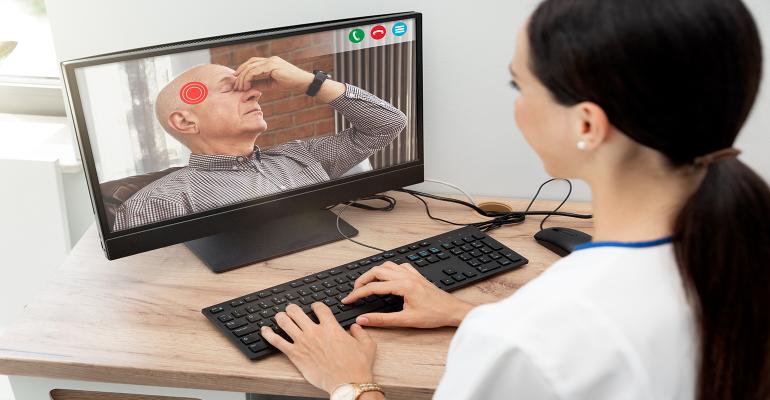Stay-at-home restrictions, social distancing and the closure of healthcare facilities have led to more UAE residents using telehealth services than ever before. Recent data from UAE-based telehealth provider vHealth shows a 500 per cent increase in utilisation between March and September 2020, compared to the same period last year.
The number of UAE residents using telehealth services for mental health support peaked during key waves of the pandemic. With stress and anxiety on the increase, 60 per cent of vHealth consultations relating to mental health occurred between March and May with a further 23 per cent in August.
Although the pandemic kick-started the increased use of telehealth services, customers throughout the UAE have adapted quickly. vHealth data shows that 25 per cent have already used the service more than once and seem happy to stick with the new system. In reality, it’s no longer just about COVID-19. As customers get more accustomed to telehealth, they’re starting to see the true value of the service. However, despite the progress made, there remain some common misconceptions about remote patient care and telehealth.
Relying on telehealth
Joe Hawayek, senior director & head of vHealth MEA explains: “When it comes to our health and well-being, it is not easy to alter habits. One of the biggest misconceptions of telehealth is around the quality of care; people find it hard to believe that the same quality of care is possible without being physically in front of a doctor, which can lead to reticence in booking telehealth consultations. However, in our experience, when people try telehealth, they rarely look back. It’s something we are seeing more and more with our customers.”
Hawayek gives an example of a recent experience with a patient in Dubai that had called into vHealth with complaints of back and chest pain. By taking a holistic approach — asking the right questions and conducting a thorough examination — it was possible to diagnose the condition accurately.
“In many ways, this is what makes telehealth unique,” says Hawayek. “Not only are our vHealth doctors highly qualified, reassuringly experienced and specially trained in telehealth, but they also are encouraged to take as much time as needed to fully understand the symptoms, diagnose the condition and proactively follow up with patients to check on their status.
“It is paying off. When you experience the meticulous process that telehealth doctors go through, you start to understand how they can be so precise and why we are seeing more people begin to use telehealth services as their first port-of-call for primary care.”


